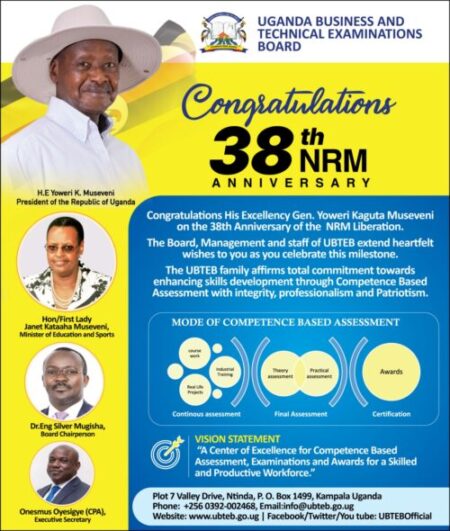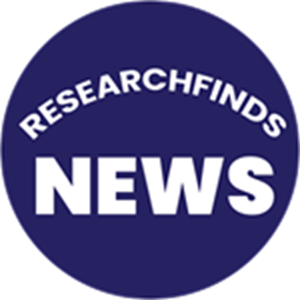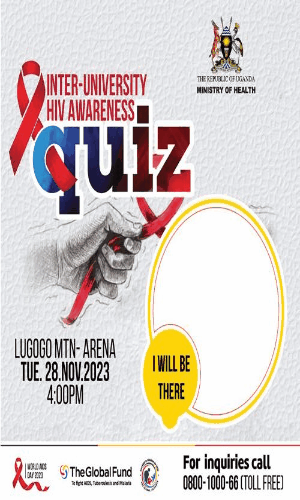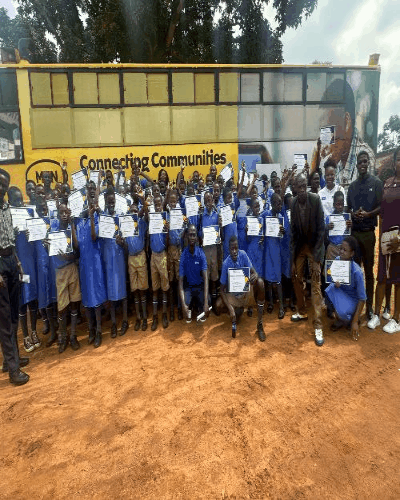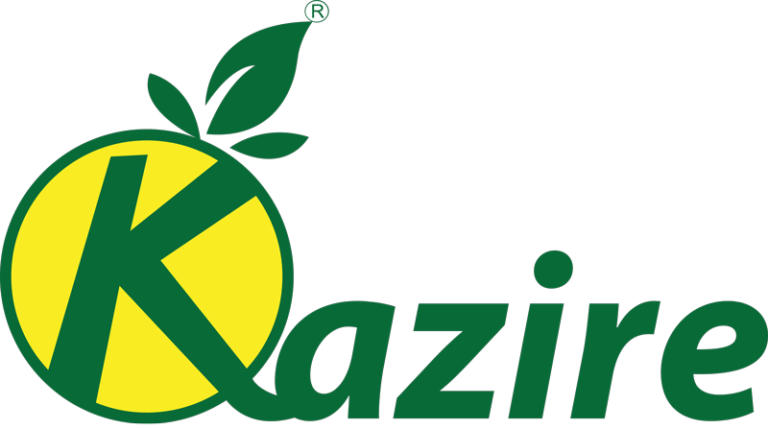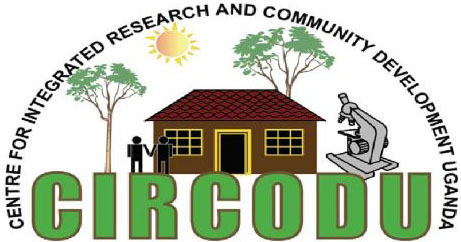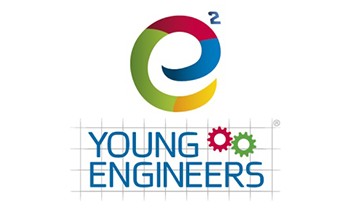KAMPALA/UGANDA: An ongoing study has partially discovered the potential of turning milk into cosmetics in the cattle corridor of Uganda.
The study: “Building Women’s Capacity on Milk Value Addition to Increase their Incomes,” is being conducted among rural women in the Kuruhura district by Dr. Judith Irene Nagasha as the Principal Investigator of Kyambogo University in Uganda. The others are; Prof. Michael Ocaido from the College of Veterinary Medicine, Animal Resources and Bio-Security (CVAB), Makerere University as a Co-Principal Investigator and the implementing team of Florence Asiimwe Munyonyo, Jackline Mbambu, and Shadrach Natamaba.
It is being supported by the Agriculture for Food Security Programme, 2030 (AgriForSe2030), Kyambogo University in Uganda, and two Swedish universities: Gothenburg University in Sweden and Swedish University of Agricultural Sciences.
The study which has reverberations across the entire cattle corridor of Uganda observes that: “Building capacity on how to add value by refining the milk into products such as yogurt, butter, ghee, cheese, and cosmetics, their products will sell at a higher price and increase their income.”
Dr. Nagasha has written her partial findings in a policy brief which she believes carries valid recommendations that may ameliorate the condition of rural women in the cattle corridor, especially in Kiruhura District.
From internet sources, the favorable effect of milk or products derived from milk on cosmetic compositions, such as lotions for the skin, hair lotions, shampoos, softening creams, and soaps, is well known. When applied topically the milk-based cosmetic products can work as outstanding skin toners on all skin types.


“In Uganda, a lot of milk is wasted due to poor knowledge of safe production methods and appropriate storage facilities. Therefore, by training women who are mostly responsible for this product on the importance of hygienic methods and value addition, the amount of wasted milk will decrease,” she observes.
Dr. Nagasha’s work has found its way into the prestigious journal: “Frontier in Sustainable Food Systems,” a leading journal aligned with the United Nation’s Sustainability Development Goals. Title of the paper: Gender-based approaches for improving milk safety, value addition and marketing among smallholder livestock farmers: The case of Kiruhura western Uganda” has contributors from the Agriculture for Food Security (AgriForSe2030) Program- Challenge 1, which focused on “Improving access to safe and nutritious food.” They are; Elisabeth Rajala, Assem Abu Hatab, and Linely Chiwona-Karltun.
Her recommendations
Her recommendations have critical implications for policy implementation if governments in Africa wish to increase the value of milk products within their territories.
She argues: “Women play a significant role in activities related to animal husbandry and dairy production. Based on the gaps in the community regarding milk safety, value addition, and marketing, there is a need to build the capacity of women in value addition by involving the relevant stakeholders (Kiruhura-Women Association, Livestock extension officers, male livestock farmers, Livestock association groups, female farmers, Public Private Partners) using the participatory approaches that are gender-responsive.”
She recommends that women in territories such as the cattle corridor should be empowered more to add value to milk because they are the ones who are the heart of milk processing.
“Deliberate efforts such as considering their viewpoints is vital for empowering women to produce and access to sufficient milk for value addition,” she writes.
In her brief to stakeholders, she calls for the need to create organized women’s groups based on the milk products they are involved in producing.
“The women need to be given backup support and technology by the extension staff after the training to monitor the progress of their activities so they can fetch lucrative prices leading to increased household incomes and food security among smallholder livestock keeping families in western Uganda.”
Milk and the role of women
Her study shows that women in Uganda, play a significant role in activities related to animal husbandry, especially in dairy production.
“Their participation is commonly concentrated at the handling level and less in profitable activities like marketing.”
She observes that women are often involved in roles that range from washing milking utensils, cleaning milking areas, and making milk products like butter and ghee among others, while men do the grazing, milking, and marketing of milk.


“Women don’t have adequate knowledge on how to produce and maintain safe milk products along the milk supply value chains. They also lack knowledge on how to increase the value of their milk products and access sustainable markets”
She adds that local milk collection centers do not have adequate cooling and chilling facilities to accommodate all the milk produced and as such, the excess milk is wasted, as they don’t have alternative ways to store the milk.
“Excess milk is usually poured or sold at very low prices. Value addition can therefore be done on such excess milk during these periods. Value-added products like ghee and butter can be done by women,” she says.
Ghee-making has been an important economic activity for western Uganda for several years. Women are rationed milk by their husbands to make butter and ghee which is mainly processed using traditional methods that do not guarantee product safety and quality. Consequently, the cleanliness of utensils used in the process like calabashes, gourds, buckets, and saucepans leaves much to be desired regarding safe milk that affects value addition.
Methodology
Gender analysis frameworks were used in the study to identify the current practices and constraints faced by women in the production of safe milk and milk products, value addition, and accessing marketing channels among smallholder livestock farmers in Western Uganda, in the Kiruhura district. The results reveal that there is a need to build women’s capacity to produce and market safe milk and milk products, on how to add value and access sustainable markets.
This policy brief has been fished out of her study which is a project currently supported by the Agriculture for Food Security (AgriFose2030) Sida funded under the directorship of Associate Professor Sofia Boqvist.
The Cattle Corridor
The cattle corridor in Uganda is a geographical region that stretches from the southwestern part of the country to the northeastern part. It is a 200-kilometer-wide stretch of land that covers approximately 40% of the country’s land area and is home to the majority of Uganda’s cattle.

Who is Dr. Nagasha?
Dr. Judith Irene Nagasha holds a Doctor of Philosophy from Makerere University (2021) with a bias in gender and climate change, an MSc in Development Management, from the University of Agder, Norway, (2007), and a BA in Social Sciences from Makerere University (2005).

Her areas of specialization and interest are; Food security, climate change, and natural resource management through the application of a gender lens. She acknowledges the contribution of women of Kinoni, Kikatsi, Sanga, and Nyakashashara Sub counties, in Kiruhura District, Uganda who are providing useful information towards this study.
You can reach her on +256782321113 or judith.nagasha@gmail.com
Stay informed and up-to-date with the latest research findings from Uganda and beyond by visiting our website at www.researchfindsug.com or you can reach us via the contact us page. Thank you for choosing to explore the world of research with us!

Rugyendo is the Founder and Editor-in-Chief of ResearchFinds News. An accomplished journalist with a rich background in the media industry in Uganda. With over two decades of experience, Rugyendo has held various roles including cab reporter, Bureau Chief, Managing Editor, and Digital Media Editor at renowned publications such as Daily Monitor and Red Pepper. He has since moved on to found Research Finds News. Throughout his career, he has demonstrated a commitment to delivering high-quality journalism and staying at the forefront of media trends.
In addition to his journalistic pursuits, Rugyendo is currently pursuing a Ph.D. in Journalism and Communication at Makerere University. He has been recognized for his outstanding leadership and commitment to social change as a Desmond Tutu Fellow and Crans Montana New Leader. Rugyendo also serves as the Chairman of Young Engineers Uganda and Uganda Premier League, showcasing his dedication to promoting excellence and growth in various fields.
With a passion for driving innovation and pushing boundaries in media, Rugyendo continues to make significant contributions to the industry. His vast experience, academic pursuits, and leadership roles make him a respected figure in the Ugandan media landscape.
Minister of Health, @JaneRuth_Aceng presents #Uganda recommendations at the Climate and Health Ministerial meeting at #COP28 pic.twitter.com/W8Phhq17yH
— Ministry of Health- Uganda (@MinofHealthUG) December 4, 2023




